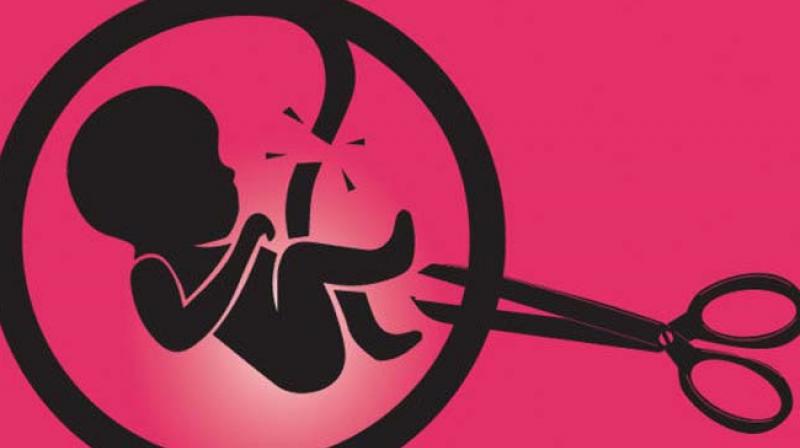Tied' down? Shadow of patriarchy over choice of sterilization
Onus rests mostly on women, few men undergo vasectomy.

BENGALURU: When it comes to family planning, the onus of sterilisation mostly rests on the woman, though male sterilisation is more effective and less expensive, reveals the National Family Health Survey.
As many as 38.7% of the couples in Bengaluru opt for female sterilization as a birth control method as opposed to male sterilization which is preferred by a mere 0.2%.The survey covered married women in urban Bengaluru between the age of 15 and 49.
Rajamma (name changed), a 37-year-old resident of Mahadevapura, who works as a domestic help recently underwent such a surgery.
“I got married again last year and both me and my second husband have children so we didn’t want further pregnancy and it doesn’t come as a choice which of us goes through the surgery, it has always been the wives,” she said.
The female sterilization or tubectomy involves blocking of fallopian tubes in a woman’s reproductive system. Since these tubes are the connection between ovaries and uterus, blocking them prevents pregnancy assuring no egg is fertilized and no sperm is allowed to travel to the egg.
While in the case of male sterilization or vasectomy the passage of outward movement of sperms is clipped or sealed. However, medically this method is believed to be slightly more effective than tubectomy.
“There are no major side-effects of any of these permanent forms of contraception. For most men, a vasectomy doesn't cause any noticeable side effects, and serious complications are rare. However female sterilisation can also cause negative side effects known as post tubal ligation syndrome (PTLS) or post sterilization syndrome. These side effects though extremely rare can be physical or hormonal in nature and include increased bleeding, pelvic pain and loss of ovarian function,” said Dr Nirmala Chandrashekar, Consultant Obstetrics, Gynaecology and Gynaec Oncology, BGS Gleneagles Global Hospitals, Bengaluru.
She also said that male sterilisation is marginally safer and more effective than female sterilisation. “Vasectomy is a less invasive surgical procedure than female sterilisation, as it does not require access to the abdomen.”
Not only is male sterilization more effective but also more feasible. “The cost of a vasectomy is far less than the cost of female sterilisation or the long-term cost of birth control medications for women,” added Dr Nirmala.
Despite this male sterilisation remains to be too rare a phenomenon, thanks to cultural biases and misconceptions. City doctors as well as global studies believe that the choice lies completely with the patients, but vasectomy would be preferable because it is simpler, safer, easier, and less expensive than tubectomy.
“It’s not really the question of medical side-effects as much as it of mindset especially in India. Some women think that birth control is a woman’s responsibility .The roots go back to our patriarchal society but still exist. This belief is not even limited to regions or certain sections of the society,” said Ankita Hansda, a sociologist.
There have been various cases in the past in India when women have suffered medically and even died after undergoing the surgery. India’s family planning programme has excessively been skewed towards female sterilization, pushing Health ministry also to take initiatives to shift the focus from female sterilization, but our society still remains far from bridging this gap.
Even though male sterilization is more effective a method, the women in the city have to bear the liability on not only giving birth, but also in preventing it.

